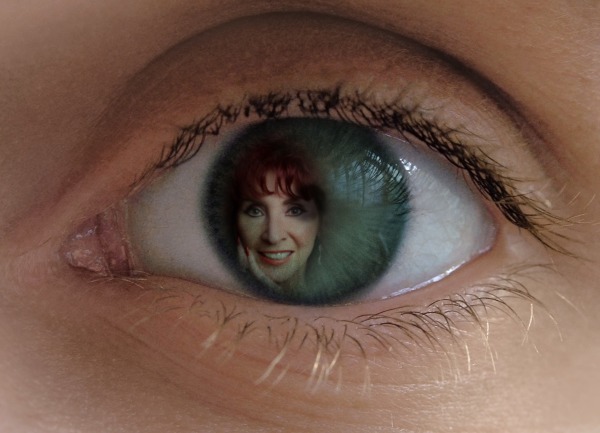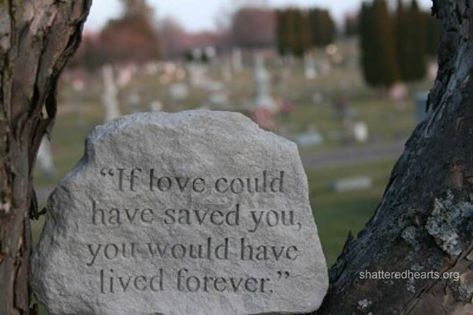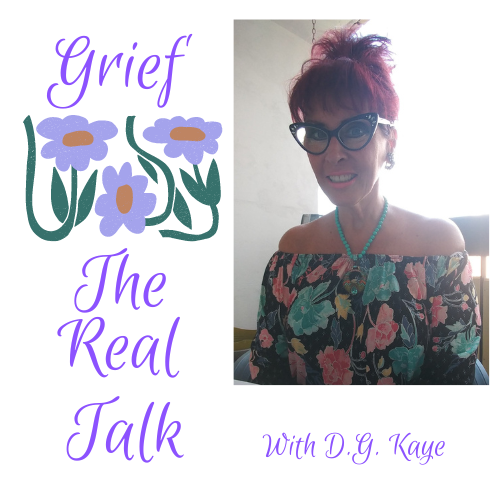My Sunday Book Review is for Heart-broken by Laura Pratt. Thanks to Netgalley for an ARC of this book. Laura Pratt writes about a broken relationship that still haunts her with the why of a sudden break-up that surprised her and left her unknowing why.
Blurb:
Imbued with longing, erudition and hard-earned wisdom, Heartbroken dares to delve into a universal ordeal—perhaps the one that makes us the most human of all.
When Laura Pratt’s long-distance partner of six years tells her “it’s over” at a busy downtown train station, she is sent reeling, the breakup coming out of the blue. He, meanwhile, closes himself off, refusing to acknowledge Laura and her requests for explanation.
In the following days, months and then years, Laura struggles to make sense of this sudden ending, alone and filled with questions. A journalist, she seeks to understand the freefall that is heartbreak and how so many before her survived it, drawing on forces across time and form, and uncovers literary, philosophical, scientific and psychological accounts of the mysterious alchemy of how we human beings fall in love in the first place, and why, when it ends, some of us take longer to get over it, or never do. She weaves this background of cultural history with her own bracing story of passionate love and its loss, and offers some hope for arriving—changed, broadened, grateful—on the other side.
x
My 4 Star Review:
A heart rendering memoir by Laura Pratt written in lyrical prose as the author invites us into her heartbreak spanning a sudden end to a six-year relationship of the heart with no warning, just left to wonder what on earth happened to end her bliss. Also written as somewhat of a grief diary as Pratt conjures personal memories of her heartbreak. In this palpable writing, we feel the heartache along with the author as it is entwined with psychological research on conditions of the heart – broken heart syndrome, exuding love and the psychological heartbreak effects. In her telling, we learn that not everyone can just ‘move on’ from deep love lost.
This book is an observation of love and heartache in its pure rawness, vulnerability, and the festering of ongoing grief when the heart doesn’t reach acceptance. For anyone who as ever endured loss, whether a death or a lost relationship, you will identify with this book.
©DGKaye2023












